Crested geckos, known scientifically as Correlophus ciliatus, are fascinating reptiles that have gained immense popularity in the pet trade due to their docile nature, unique appearance, and relatively simple care requirements. While many reptile enthusiasts are familiar with their distinctive eyelash-like crests and remarkable ability to thrive without specialized lighting, fewer people are aware of their complex vocal repertoire. Despite being generally quiet creatures, crested geckos actually communicate through a variety of vocalizations, each with specific meanings that reflect their emotional states, territorial boundaries, and reproductive readiness. Understanding these sounds not only enhances the bond between pet and owner but also provides valuable insights into their health and wellbeing. This article explores the fascinating world of crested gecko vocalizations, decoding their secret language and helping owners better understand their scaly companions.
The Vocal Anatomy of Crested Geckos

Crested geckos possess a specialized vocal apparatus that enables them to produce their distinctive sounds. Unlike mammals who use vocal cords, geckos produce sounds by moving air through their throat and mouth in specific ways. Their vocal anatomy includes a modified larynx and specialized muscles that allow for precise control over their vocalizations. This relatively simple but effective vocal mechanism allows crested geckos to produce a surprising variety of sounds despite their small size. Interestingly, the development of these vocal abilities seems to be an evolutionary adaptation that has helped geckos communicate effectively in their native forest habitats of New Caledonia, where visual communication might be limited by dense vegetation or darkness.
Chirping: The Most Common Vocalization

Chirping is perhaps the most frequently heard sound produced by crested geckos, often described as a short, high-pitched noise similar to a bird’s chirp or a small squeak. This vocalization typically indicates mild distress, uncertainty, or that the gecko is feeling slightly uncomfortable with its current situation. Owners commonly report hearing chirping when handling their geckos, especially during the initial bonding period or with geckos that aren’t fully accustomed to human contact. The intensity and frequency of chirping can provide valuable clues about your gecko’s comfort level—occasional soft chirps suggest mild unease, while repeated, more intense chirping indicates higher levels of stress. Understanding this common vocalization helps responsible owners adjust their handling techniques and environment to minimize unnecessary stress for their pets.
Barking: A Sign of Agitation
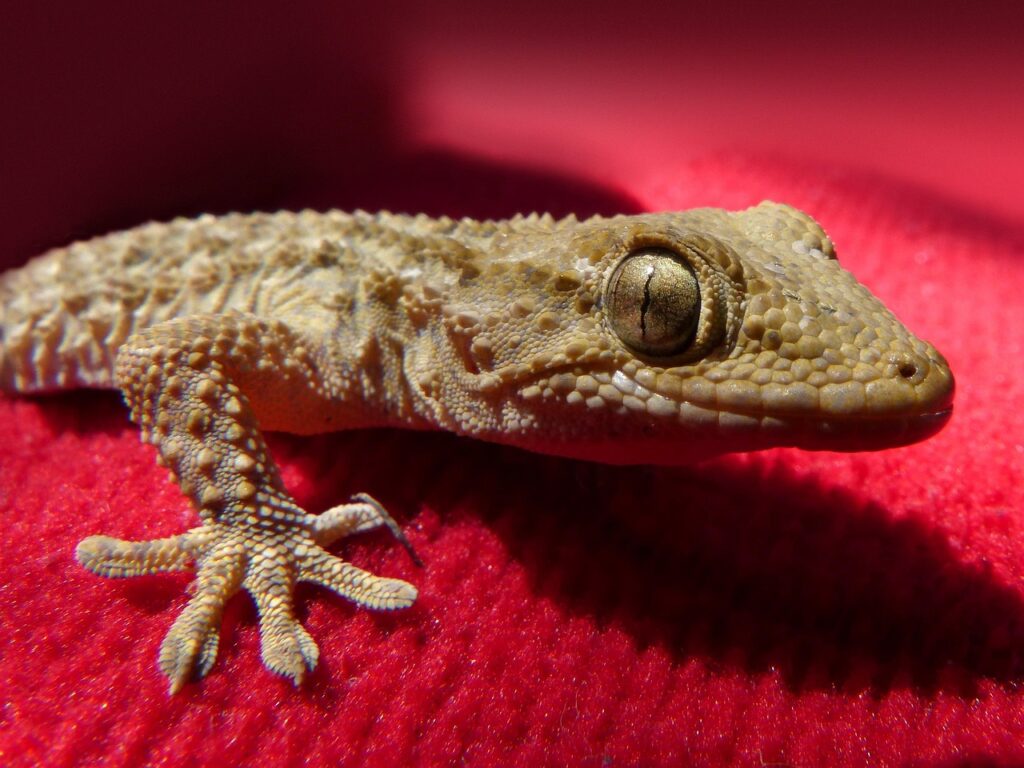
When crested geckos feel threatened or significantly distressed, they may emit a distinctive barking sound that’s notably louder and more forceful than their chirps. This sharp, abrupt call serves as a warning signal that the gecko is feeling extremely uncomfortable or perceives danger in its environment. Barking is typically accompanied by defensive body language such as an arched back, raised tail, or open mouth display. This vocalization is relatively rare in well-adjusted captive geckos and usually only occurs in response to perceived predators, aggressive tankmates, or during situations where the gecko feels cornered with no escape route. If your crested gecko frequently barks, it’s important to evaluate its environment for potential stressors such as inappropriate tankmates, excessive handling, or enclosure issues that might be causing chronic anxiety.
Squeaking: Communication During Handling

Squeaking represents another common vocalization in the crested gecko’s repertoire, characterized by short, high-pitched sounds that often occur during handling sessions. Unlike barking, which indicates significant stress, squeaking typically suggests milder discomfort or uncertainty rather than acute distress. Many gecko owners report hearing these vocalizations when their pets are adjusting to a new position in their hands or when they’re being gently restrained for necessary care procedures. Interestingly, some geckos seem to outgrow this behavior over time as they become more accustomed to routine handling and develop trust with their caretakers. Regular, gentle handling sessions can help reduce squeaking behaviors as your gecko becomes more comfortable with human interaction, though it’s always important to respect your pet’s communication signals and provide breaks when needed.
Screaming: The Distress Call

The most alarming vocalization in a crested gecko’s repertoire is undoubtedly the scream, a loud, prolonged sound that signals extreme distress or fear. This vocalization is typically reserved for life-threatening situations or when the gecko feels severely threatened with no escape options. Screaming is relatively rare in properly kept pet geckos and should be taken very seriously if observed. This vocalization is an evolutionary adaptation that might serve to startle potential predators in the wild, potentially creating a critical moment for escape. In captivity, screaming might occur during traumatic experiences such as a fall, an attack from another animal, or extremely rough handling. If your crested gecko screams, immediately identify and remove the source of distress, provide a secure hiding place, and minimize further handling until the gecko has fully recovered from the stressful event.
Clicking: Territorial Warnings

Clicking sounds, sometimes described as a series of short, rapid ticks or clicks, frequently serve as territorial communications among crested geckos. This vocalization is most commonly observed in male geckos establishing dominance or warning other males away from their territory. The clicking sound is typically accompanied by specific body language including tail movements, head bobbing, or an elevated posture designed to make the gecko appear larger and more intimidating. In captive settings, this vocalization often indicates that multiple male geckos should not be housed together, as territorial disputes can escalate to harmful physical confrontations. Female crested geckos may occasionally produce clicking sounds as well, though this is generally less common and typically less aggressive in nature than male territorial displays.
Purring: A Sign of Contentment
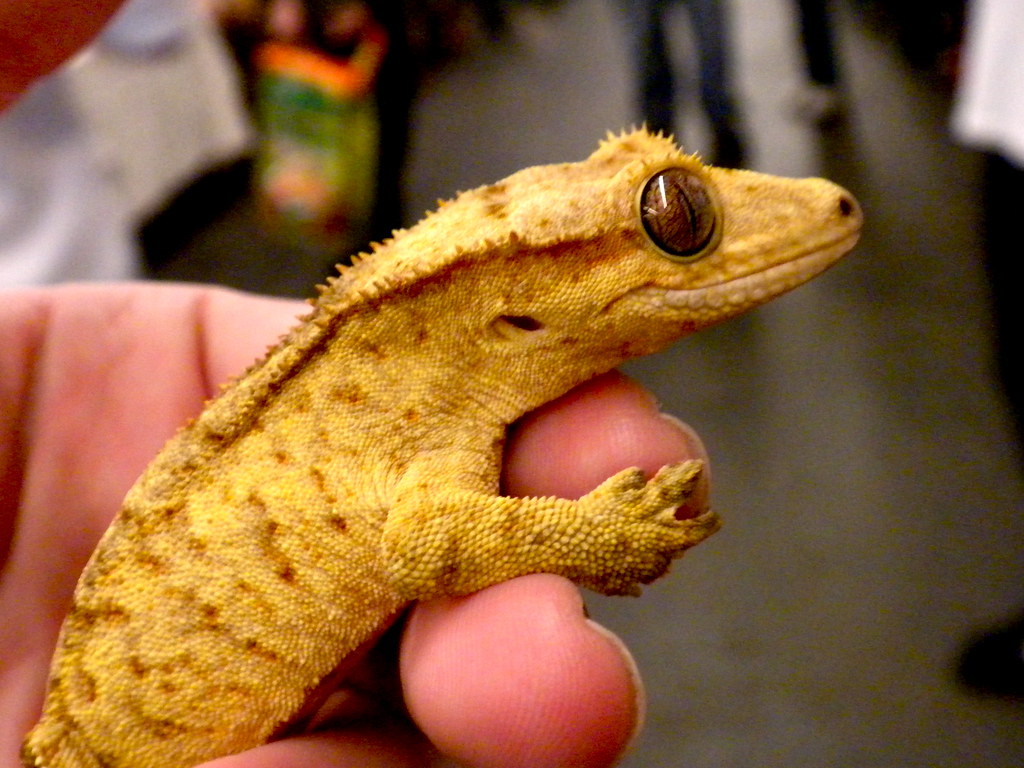
Perhaps the most misunderstood vocalization in the crested gecko’s repertoire is what some owners describe as “purring” – a soft, continuous sound that seems similar to a cat’s purr. However, unlike in cats, this vocalization in crested geckos does not necessarily indicate contentment or pleasure. Instead, gecko “purring” often represents a low-level warning or uncertainty signal, indicating the animal is tolerating a situation but remains vigilant and somewhat uncomfortable. This sound is sometimes heard during extended handling sessions or when geckos encounter new but non-threatening stimuli in their environment. Experienced keepers recommend paying close attention to accompanying body language, as relaxed limbs and normal breathing patterns might suggest the gecko is relatively comfortable despite the vocalization, while tense muscles or rapid breathing indicates increasing stress levels that should prompt an end to the current interaction.
Mating Calls: Reproductive Vocalizations
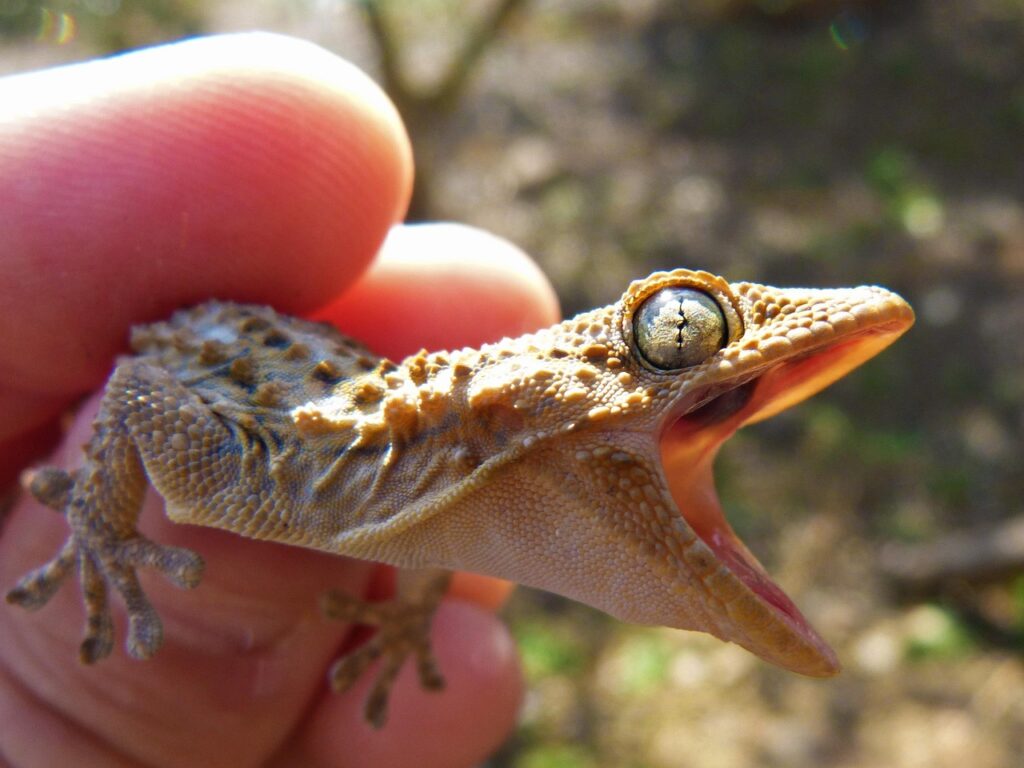
During breeding season, male crested geckos produce distinctive vocalizations specifically designed to attract females and signal reproductive readiness. These mating calls typically consist of a series of soft chirps or calls that are notably different from stress or territorial sounds. The calls often follow a rhythmic pattern and may continue for extended periods, particularly during evening hours when crested geckos are most active. Female geckos may respond to these calls with their own softer vocalizations that signal receptivity, creating a complex acoustic mating ritual. Hobbyist breeders often report increased vocalization activity during breeding season, with some male geckos becoming quite vocal when they detect the presence of a receptive female nearby, even if the geckos are housed in separate enclosures but within auditory range of each other.
Juvenile Vocalizations: Age-Specific Sounds
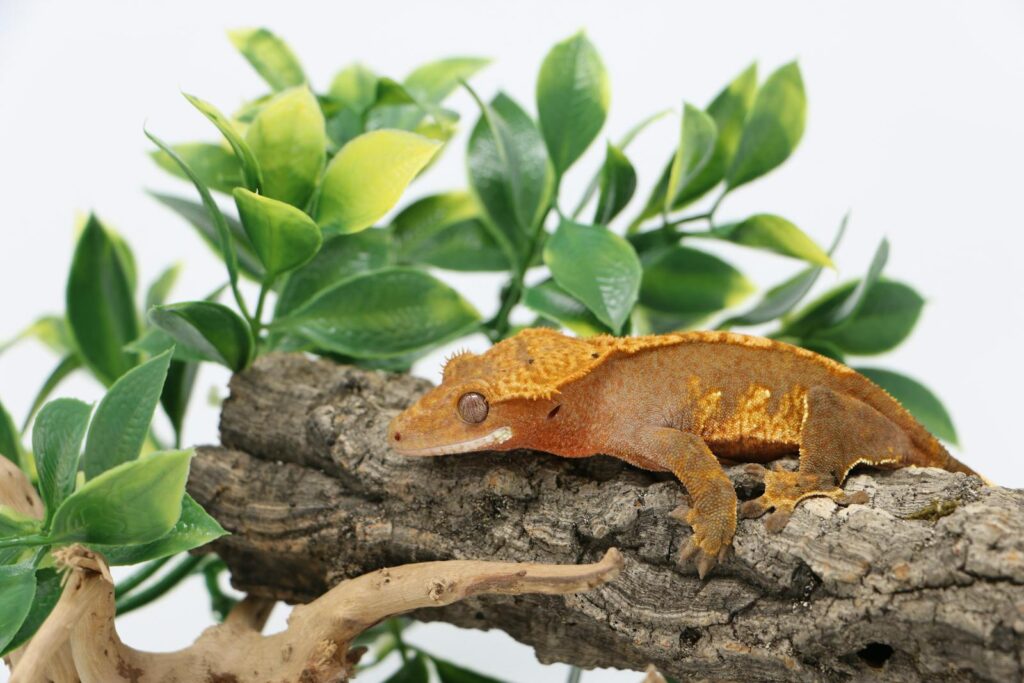
Juvenile crested geckos produce vocalizations that are notably different from adult sounds, both in frequency and context. Young geckos typically emit higher-pitched, softer calls that likely evolved to elicit parental protection in the wild, though crested geckos don’t provide parental care in natural settings. These juvenile sounds often diminish as the gecko matures and develops its adult vocal patterns around 10-12 months of age. Interestingly, juvenile geckos seem to vocalize more frequently than adults, possibly because they feel more vulnerable to potential threats or because they’re still developing the judgment to determine which situations warrant vocal responses. Owners of young crested geckos should expect more frequent vocalizations that will typically decrease as the animal matures and becomes more confident in its environment.
Respiratory Sounds vs. True Vocalizations

It’s crucial for crested gecko owners to distinguish between intentional vocalizations and respiratory sounds that might indicate health problems. True vocalizations are purposeful communications produced by the gecko’s vocal apparatus, while respiratory sounds like wheezing, clicking during breathing, or bubbling noises often signal respiratory infections or other health concerns. The key difference lies in the timing and circumstances of the sounds—vocalizations typically occur in response to specific stimuli and stop when the stimulus is removed, while respiratory sounds continue regardless of environmental factors and often worsen with activity. Any persistent respiratory sounds should prompt immediate veterinary attention, as respiratory infections can progress rapidly in reptiles and may become life-threatening if left untreated. A healthy crested gecko should breathe silently, with vocalizations occurring only as specific responses rather than as constant background noise.
Environmental Factors Affecting Vocalizations
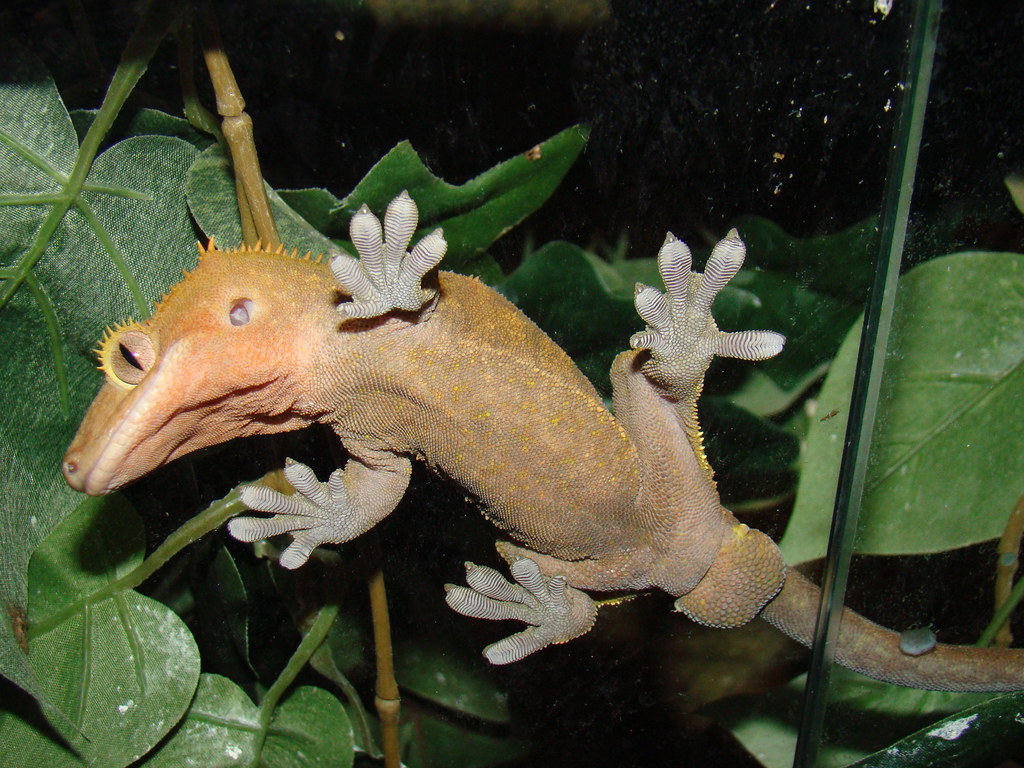
The frequency and types of vocalizations produced by crested geckos are significantly influenced by their environmental conditions. Geckos kept in enclosures with appropriate humidity, temperature, and numerous secure hiding places typically vocalize less than those in suboptimal conditions. Sudden changes in humidity, temperature fluctuations outside the recommended range (72-80°F during the day with a slight drop at night), or exposure to constant bright lighting can increase stress vocalizations such as chirping or barking. The enclosure size also plays a crucial role, with geckos in cramped quarters typically showing more vocal stress signals than those housed in appropriately sized habitats. Experienced keepers recommend maintaining stable environmental parameters and providing enriched habitats with multiple hiding options to minimize stress-related vocalizations and promote natural behaviors.
Decoding Body Language and Vocalizations Together
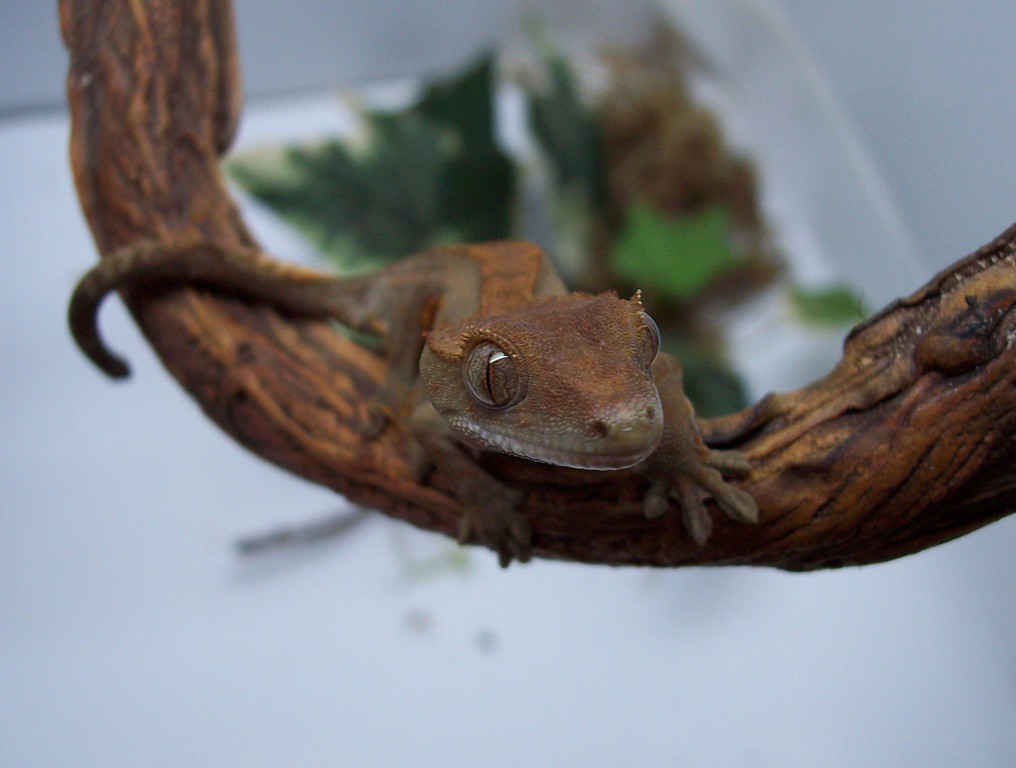
To truly understand what your crested gecko is communicating, it’s essential to observe vocalizations in conjunction with body language cues. A chirping gecko with a relaxed body posture and normal eye dilation communicates a very different message than one producing the same sound while displaying defensive posturing with an arched back and constricted pupils. Tail position provides particularly valuable information—a raised, waving tail often indicates agitation or defensiveness, while a relaxed, curled tail suggests comfort. Head position also offers important context, with a raised head on alert for potential threats versus a resting head position signaling relative contentment. The most accurate interpretation of gecko communication comes from considering the complete picture: the specific vocalization, accompanying body language, and the environmental context in which the communication occurs.
Training Your Ear: Becoming Fluent in Gecko
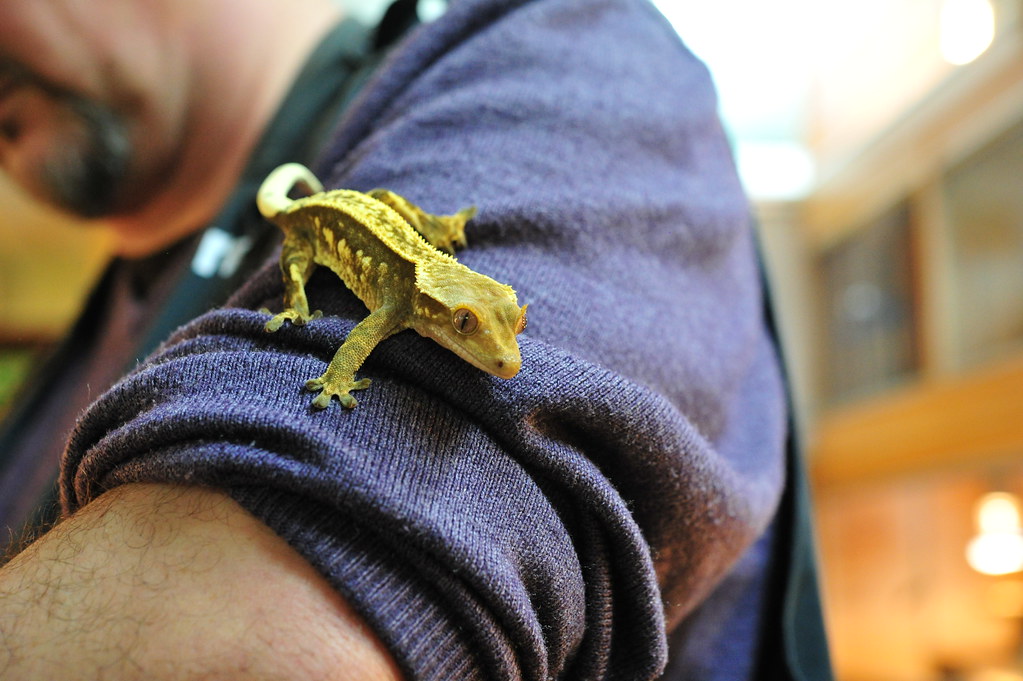
Developing the ability to accurately interpret your crested gecko’s vocalizations requires consistent observation and practice over time. Many experienced keepers recommend keeping a simple journal during the first few months of ownership, noting the specific sounds your gecko makes, the circumstances that prompted the vocalization, and any accompanying body language. This methodical approach helps new owners quickly develop pattern recognition skills that enhance their understanding of their pet’s unique communication style. Recording your gecko’s sounds can also prove helpful, allowing for comparison with online resources where experienced keepers share audio samples of identified vocalizations. Perhaps most importantly, spending regular quiet time near your gecko’s enclosure during their active evening hours provides abundant opportunities to observe natural behaviors and vocalizations without the confounding variable of handling stress, accelerating your learning curve as an attentive gecko interpreter.
Understanding the vocal language of crested geckos offers a window into their emotional states, needs, and responses to their environment. While these fascinating reptiles may not be as vocally expressive as mammals or birds, they nonetheless communicate a wealth of information through their distinctive sounds. By learning to differentiate between chirps, barks, squeaks, and other vocalizations—and interpreting these sounds within the context of body language and environmental factors—owners can respond appropriately to their gecko’s needs, reduce unnecessary stressors, and build stronger bonds with their exotic pets. As with any aspect of exotic pet keeping, patience and consistent observation remain the keys to success, gradually transforming what once seemed like random noises into a comprehensible language that enhances the rewarding relationship between crested geckos and their human caretakers.




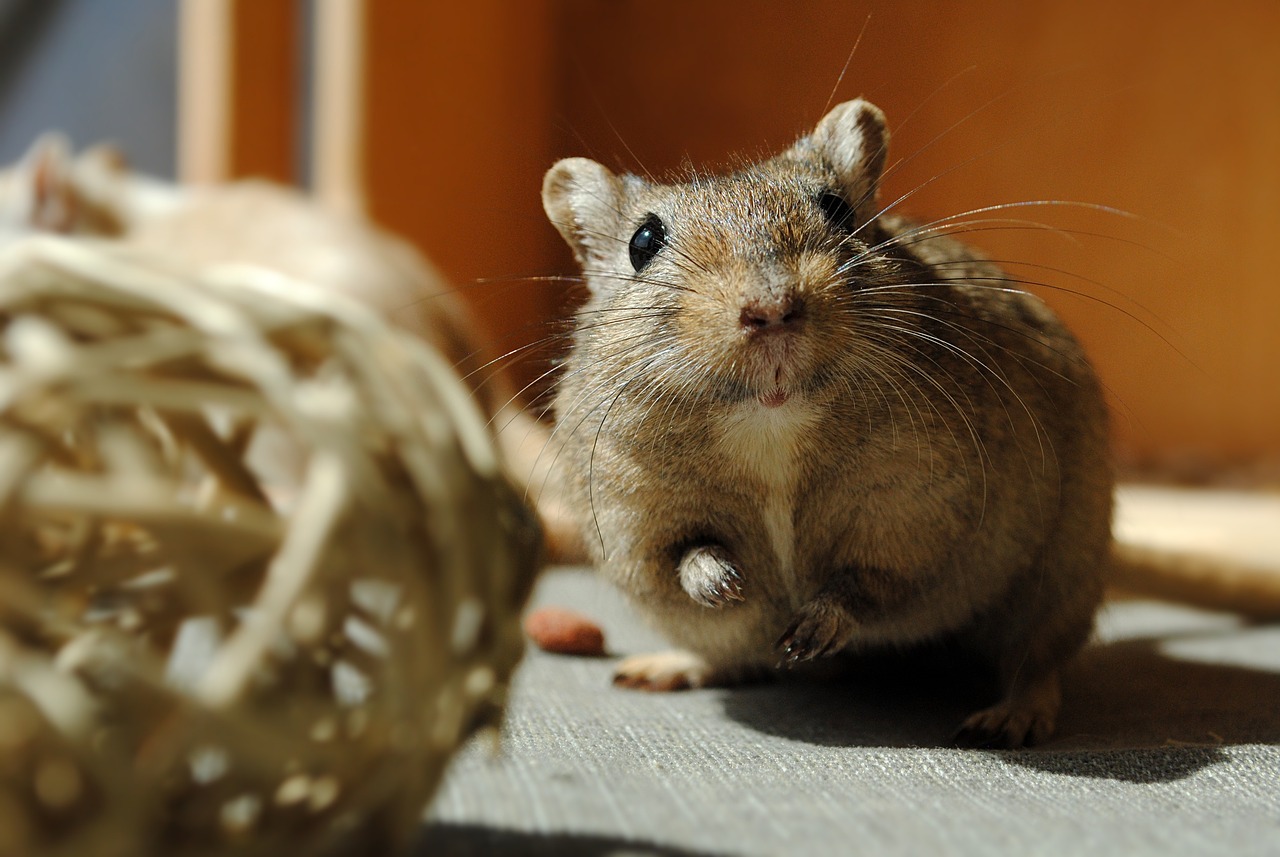

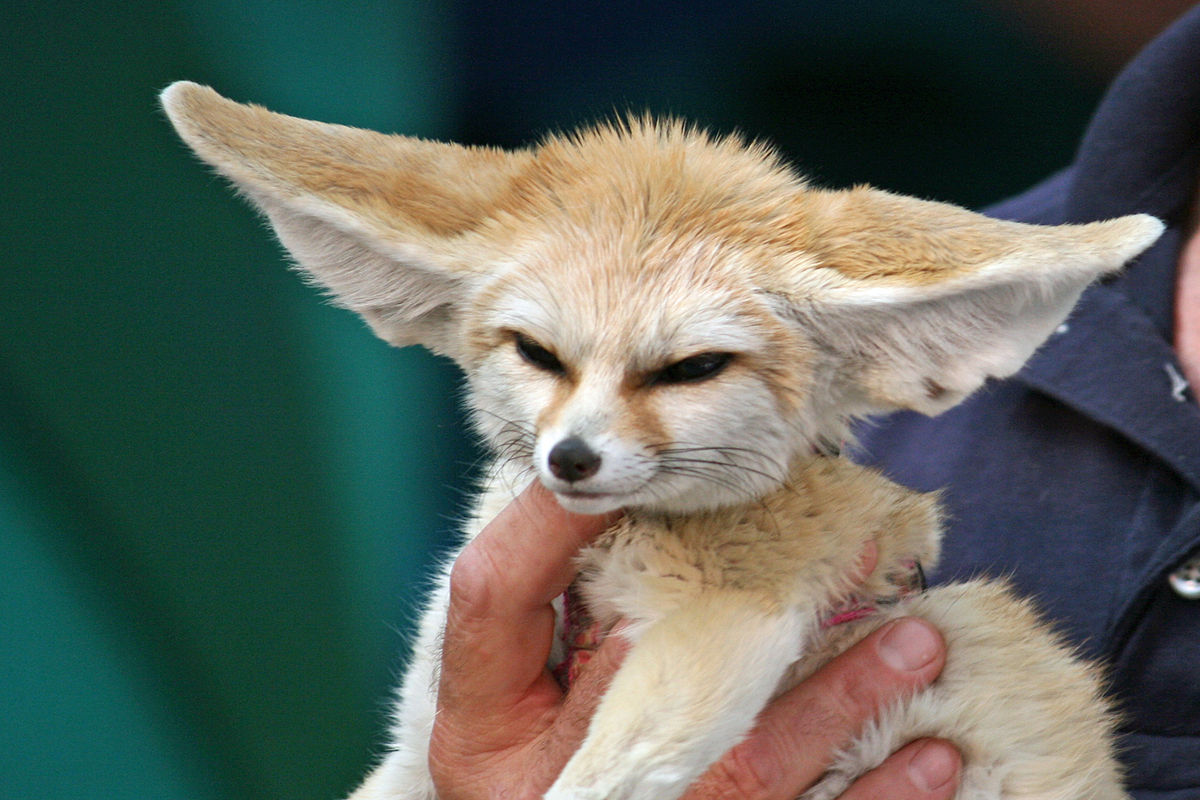








Leave a Reply